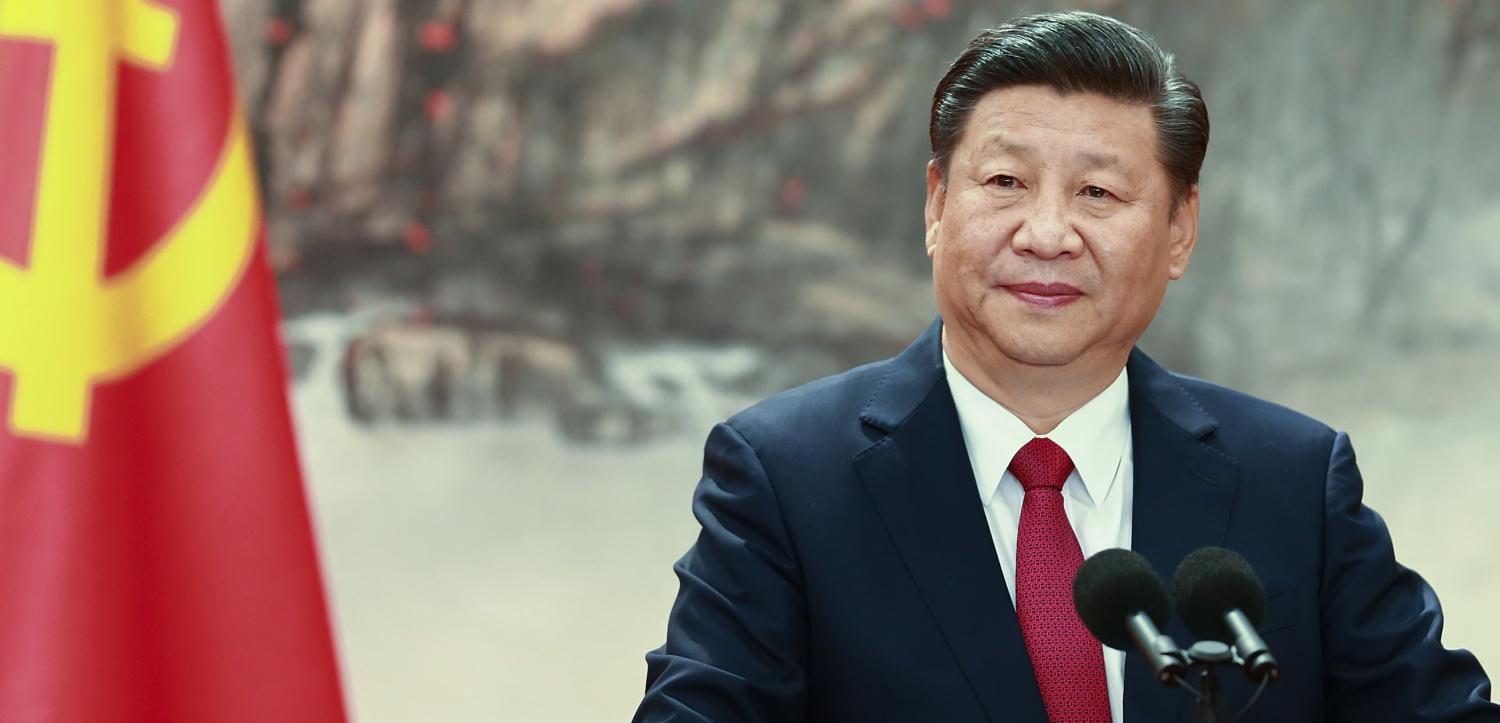When Xi Jinping arrived in Italy for a state visit in 2019, the welcome was lavish and the prospects promising. Five years later, on his first return to the continent, the scene has dramatically shifted. From economic grievances to concerns about China’s global ambitions, Europe’s views on China are undergoing a significant transformation. Xi Jinping European Tour, starting in France, is a pivotal moment for both China and Europe, marked by shifting alliances, growing suspicions, and mounting tensions. In this article, we delve into the key dynamics shaping Xi’s visit and the broader implications for Sino-European relations.
Shifting Alliances
Italy’s decision to join Xi’s Belt and Road initiative in 2019 was seen as a significant win for China. However, just five years later, Italy’s formal exit from the program dealt a blow to China’s ambitions in the region. This move underscores mounting economic grievances and growing suspicions about China’s global ambitions across Europe.
Economic Grievances and Trade Frictions
Recent weeks have seen a flurry of trade probes and investigations into China’s economic activities in Europe. The European Union’s trade probes into China’s wind turbines and procurement of medical equipment, as well as the raid on offices of Chinese security equipment maker Nuctech, highlight the growing concerns about China’s trade practices.
Germany and the United Kingdom’s actions against alleged espionage linked to China further exacerbate tensions. These developments have led the EU to prepare for potential trade confrontations with China, signaling a shift in Europe’s approach to its economic relationship with the Asian giant.
Xi’s Challenges and Opportunities in France
Xi’s visit to France presents both challenges and opportunities. Meeting with European Commission President Ursula von der Leyen and French President Emmanuel Macron, Xi will likely face tough questions regarding China’s trade practices and global ambitions.
Von der Leyen’s push to “derisk” supply chains from China and France’s anti-subsidy investigation into Chinese electric vehicle imports pose significant challenges for Xi. While Xi may attempt to highlight the role of Chinese EVs in reducing fossil fuel usage, tangible trade commitments will be crucial to assuage European concerns.
However, Macron’s stance as a relatively independent actor within the EU provides an opportunity for Xi to strengthen ties and potentially drive a wedge between Europe and the United States.
The Role of China in Global Conflicts
The ongoing conflict in Ukraine is a crucial point of contention in Europe-China relations. While Xi may seek to position China as a peacemaker, Beijing’s ties with Russia and its exports of dual-use goods to Moscow raise concerns among European leaders.
Xi Jinping European Tour coincides with Russian President Vladimir Putin’s planned trip to China, indicating the growing alignment between the two nations. However, European leaders are likely to warn Xi about the consequences of supporting Russia in the conflict.
Xi’s Reception in Serbia and Hungary
In contrast to the contentious atmosphere in France, Xi’s visits to Serbia and Hungary are expected to be much smoother. Both countries have welcomed Chinese investment, and their leaders have shown support for China’s policies.
Serbia, described as an “iron-clad” friend by China, has seen growing trade and investment ties. Hungary, under Prime Minister Viktor Orban, has blocked or criticized EU efforts to hold China accountable for human rights issues, making it a valuable ally for Beijing within the EU.
Implications for Sino-European Relations
Xi Jinping European Tour highlights the complex dynamics shaping Sino-European relations. While China seeks to maintain its economic foothold in Europe and prevent closer alignment with the United States, European countries are increasingly wary of China’s economic practices and global ambitions.
The trip underscores the divisions within Europe regarding China, with some countries welcoming Chinese investment while others voice concerns about China’s influence. Xi’s ability to navigate these tensions and win over critics will shape the future of Sino-European relations.
Conclusion
Xi Jinping European Tourr comes at a critical juncture, with Europe’s views on China undergoing a significant shift. From Italy’s exit from the Belt and Road initiative to mounting trade tensions and concerns about China’s global ambitions, the trip highlights the challenges and opportunities facing Sino-European relations.







